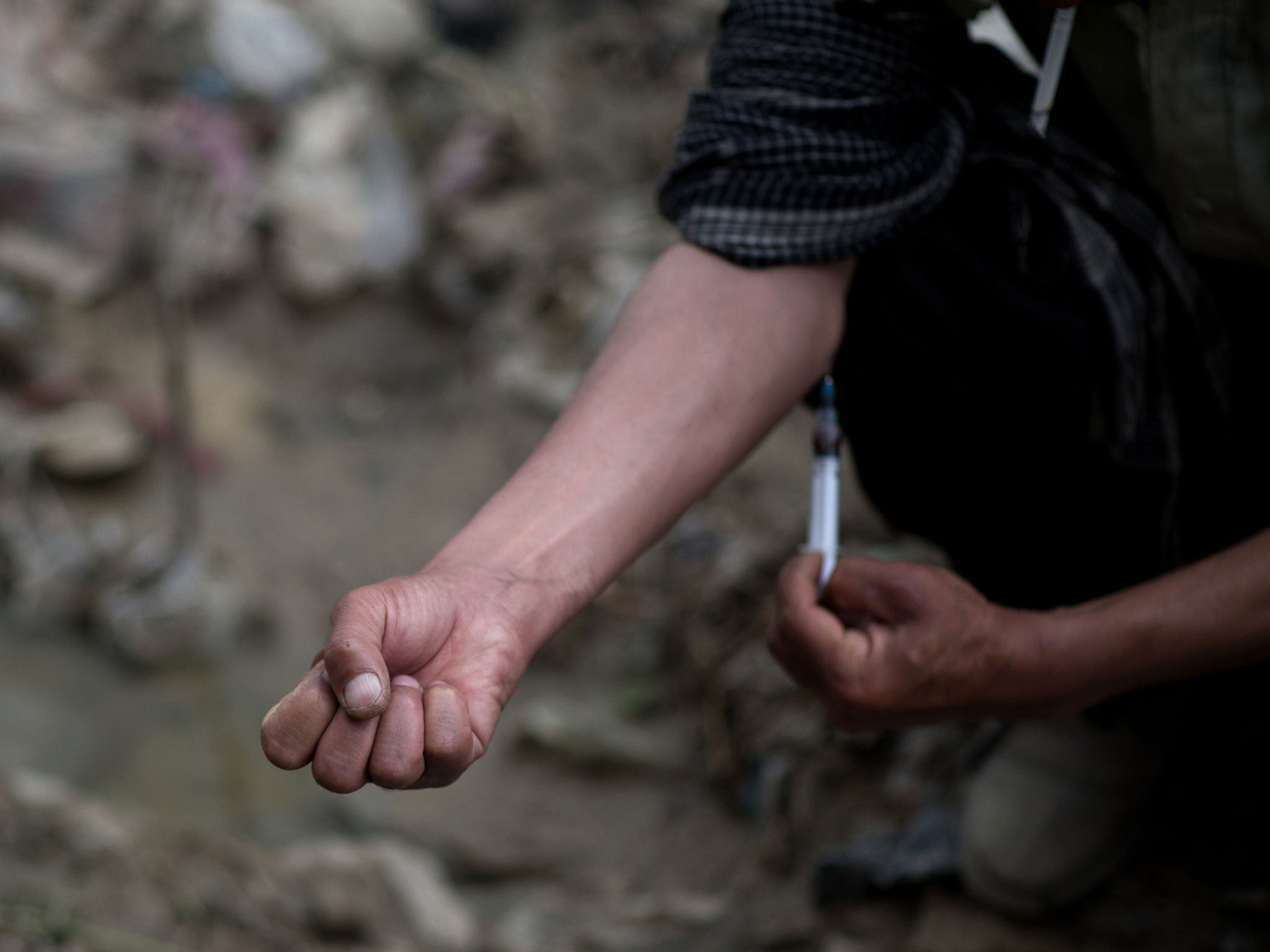Brighton's drug addicts will be given ‘safe houses’ to take drugs legally, but is this really the answer?
These supervised rooms for drug consumption might seem like the cutting edge, but until drug treatment is viewed as a health issue, they're unlikely to be successful

Supervised drug consumption rooms are odd places to get high. Sat in private booths in a clinical setting, addicts take their drug of choice while nurses watch on, looking out for the signs of impending overdose before they step in to intervene. Everything is clean, from the syringes handed out by the staff to the sheets on which the users collapse, post hit. This is a long way from the carefree, romantic image of drug use, but maybe a step closer to finding a successful means of getting addicts into treatment.
Though old news in other countries such as Switzerland and Canada, official drug consumption rooms (or ‘safe house’s’) are now coming to the UK. Brighton is to lead the way, with the city’s public health leaders meeting this summer to give the proposal ‘serious consideration’, while other cities are expected to follow. The stimulus, according to Rob Jarrett, the chair of Brighton’s health board, is ‘the health of the people to make sure they don’t kill themselves. Drug use is going to happen and it might as well be happening in a place that can be monitored’.
In many ways, the move is progressive. The implementing board talk of the failure of drug criminalisation and previous ‘knee jerk reaction’ policies in addiction treatment. They point to countries like Switzerland where deaths from drug overdoses have significantly decreased in areas offering safe houses, and they talk of the benefits to communities that come from addicts taking their drugs behind closed doors. As the limitations of present drug policy become increasingly apparent, it is refreshing to see an incentive that moves for change rather than peddling the stagnant waters of the criminalisation approach.
Yet somehow all of this feels terribly familiar. The discussion of health as characterized by death rates rather than life quality, the focus on the benefits for the sober community over those of the addicts themselves, and the deterministic attitude that addicts cannot be seen apart from their social context; these are the prerogatives of a system that sees addiction first and foremost as a social scourge, not an individual illness. It is these same values that have kept the NHS pouring its addiction funding into methadone clinics and flash detox plans over the previous decades, while abstinence based programs go scandalously under-researched and underfunded. It is these same values that have kept the doomed war on drugs waging and kept drug addicts marginalized and navigating a life of crime rather than looking for help. And it is these same values that could, if not addressed, designate safe houses as death’s waiting rooms rather than the first step towards recovery.
This doesn’t have to be the case. Where supervised consumption rooms are directly interlinked with recovery programs, they have been shown to dramatically increase the amount of addicts going into recovery. Vancouver’s Insite house is a case in practice. While addicts take drugs in the consumption room on the ground floor, directly above them on the second floor those who request it go through the first stages of withdrawal and detoxification, while on the 3rd those in the final stages of recovery receive community support, treatment programs and housing/job seeking advice. The idea is simple; when the fear, stigma and glamour is taken out of drug use, addicts are often quick to seek help. The health and community benefits are quick to follow.
Activists in the field of addiction have been arguing this to the UK government for years, says Julia Cleary at the addiction treatment organisation UK Rehab. ‘Until we approach addiction as a health problem suffered by an individual rather than a social problem suffered by the taxpayer, we will be unable to treat it humanely and effectively.’
Safe houses could well be a move in the right direction, but they must be treated as the first rung in the ladder from chronic drug addiction rather than just a way to keep death rates down and addicts off the streets. Otherwise they will not tackle the problem but just hide it from view.

Join our commenting forum
Join thought-provoking conversations, follow other Independent readers and see their replies
Comments